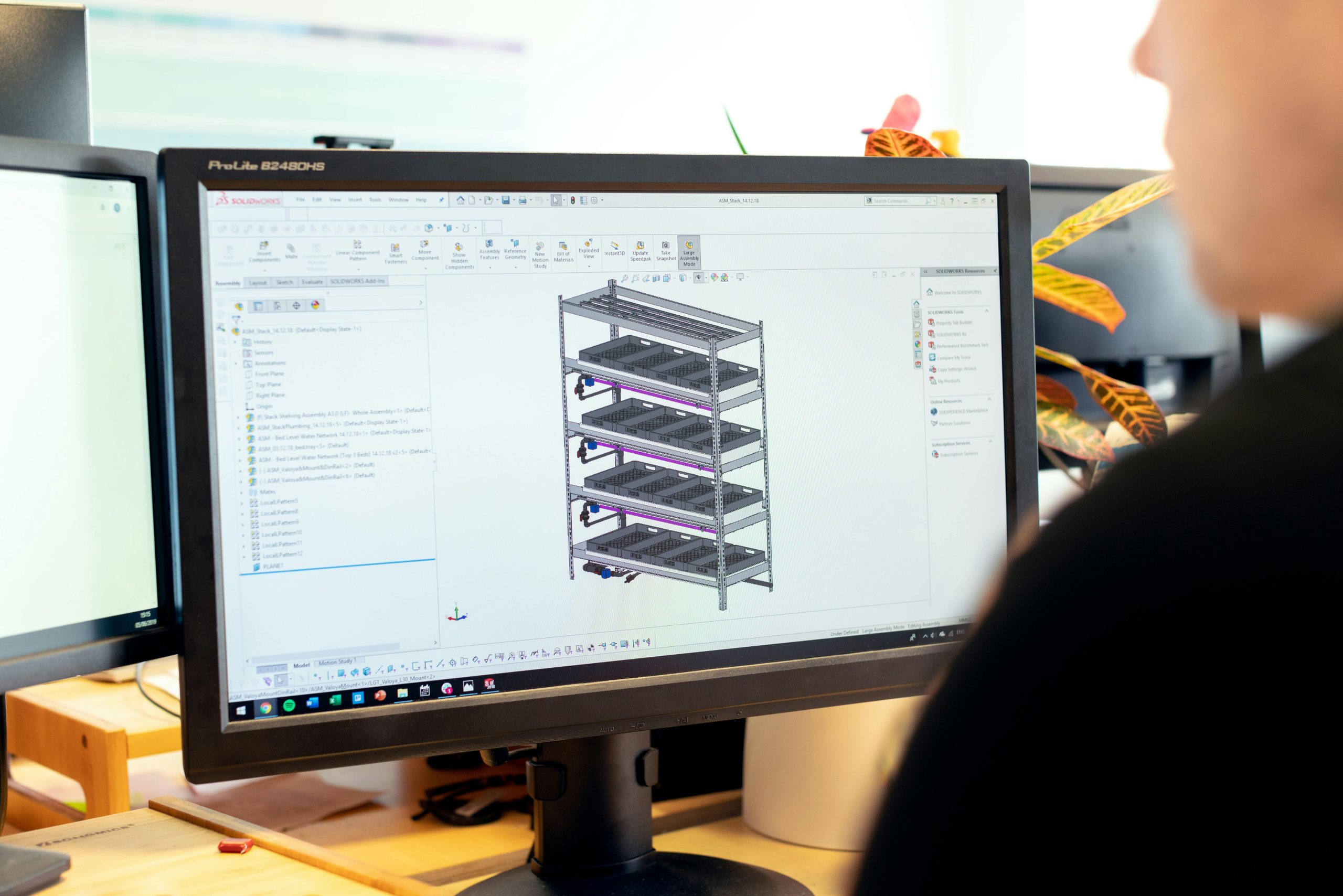Product lifecycle management software transforms how teams innovate and operate. By centralizing data and coordinating workflows, it eliminates delays and miscommunication, accelerating product development. This streamlined approach boosts efficiency and fosters collaboration across departments, helping businesses bring better products to market faster. Understanding these benefits reveals why PLM software is essential for modern organizations seeking competitive advantage.
Overview of Product Lifecycle Management Software
PLM software centralizes key data across each product phase, from design to disposal, helping teams collaborate efficiently. Since its inception in the 1980s, PLM has evolved through Industry 4.0, integrating AI, IoT, and cloud technologies, enhancing agility and insight.
Also to discover : Maximize your efficiency with free notion templates
This shift enables businesses to optimize product development, streamline workflows, and enforce compliance with global standards. The core purpose remains managing revisions, tracking changes, and fostering cross-functional teamwork, ultimately reducing time-to-market and operational costs.
Benefits include increased efficiency, innovation, and better quality control. Modern tools support real-time collaboration across geographically dispersed teams and integrate seamlessly with CAD and ERP systems—making product data more accessible and trustworthy.
Also to read : Boosting teamwork across borders: how cloud computing transforms collaboration for remote teams in global companies
Industry leaders like Siemens PLM and PTC provide solutions tailored to various sectors, emphasizing scalability and security. Focusing on automation and data-driven decision-making, these tools improve lifecycle visibility. Discover more details on this page.
Key Functions and Features of Leading PLM Solutions
Modern PLM software streamlines all product lifecycle stages overview—from conceptual design and engineering to manufacturing, service, and retirement. At the core, lifecycle management tools include robust resource management, process workflows, and role-based access for trusted product data. Essential PLM software features and functionalities like bill of materials (BOM) management, change control, and product roadmapping ensure operational consistency and traceability throughout the cycle.
A leading advantage of lifecycle management is integration of PLM with CAD and ERP systems. This connectivity dissolves silos, allowing cross-functional teams to access real-time info and automate handovers between engineering and manufacturing. Built-in analytics dashboards, quality management, and access to product data management further boost speed and accuracy.
Emerging in top PLM solutions in the industry are automation features in lifecycle management software, with AI-driven insights that accelerate design validation and anticipate risks. Digital twin creation, connected through IoT, adds real-world performance data to digital models, enriching lifecycle software for complex products. These innovations not only improve efficiency, but also support more agile methodologies—helping companies adapt processes to market trends and offer scalable, customizable approaches that future-proof their product lifecycle management software adoption.
Industry-Specific Applications and Solution Comparisons
Precision in selecting the right PLM software begins with matching the platform to distinct product lifecycle stages overview and understanding unique industry requirements. In manufacturing, PLM software for supply chain collaboration connects design, sourcing, and production teams—reducing errors and expediting time-to-market. Aerospace relies on robust benefits of lifecycle management tools to safeguard compliance, while automotive sectors leverage PLM software features and functionalities like complex bill of materials management and strict version control.
Healthcare and electronics demand traceability, quality oversight, and data integrity. Here, PLM for software version control and release management sustains regulatory adherence and shortens product update cycles. Retail focuses on life cycle management for custom product configurations and mass customization, using user experience in PLM platforms to streamline cross-functional team decisions and enhance responsiveness to market trends.
When comparing top PLM solutions in the industry—such as Siemens PLM, PTC, Dassault Systèmes ENOVIA, SAP PLM, and cloud-native Arena and Propel—businesses must assess scalability, integration of PLM with CAD and ERP systems, and usability. Cloud-based lifecycle management advantages like mobile applications in product lifecycle management and automated updates simplify deployment for distributed teams, making cloud-based options increasingly attractive for digital transformation and enterprise growth.





